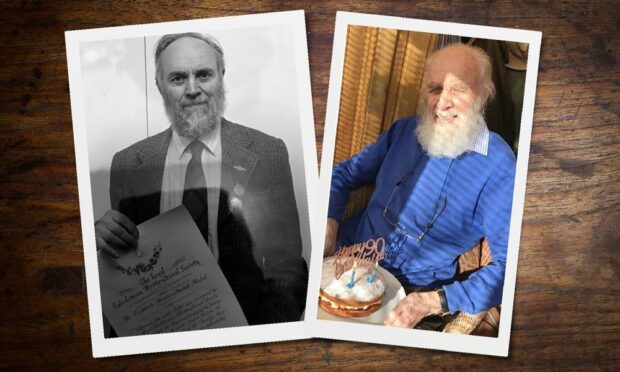Peter Waister, one of the most senior scientists at the former Scottish Crop Research Institute at Invergowrie, has died aged 90.
He joined the institute in 1965 and during his 23 years of service held the positions of head of the crop sciences division, and head of the physiology and crop production department.
Peter was a keen Munro bagger and used the Scottish mountains as a training ground for botanical expeditions to the Himalayas.
Expeditions
In his 70s, he joined former colleagues Henry and Margaret Taylor, among others, on expeditions to find high Alpine plants in the mountain range.
In retirement, he worked with former colleague Dr Chris North to breed lilies, which became known as the Mylnefield Lilies.
The bulbs were never sold commercially and are now held in a private collection in Perth by enthusiast Madeleine Tinson.
Prized collection
She has gathered 24 of the 27 lilies in what has become recognised by Plant Heritage as the only collection of Mylnefield Lilies in the UK.
The three she has yet to find are Adonis, Invergowrie and Europa.
In 2016 Mrs Tinson named a lily in honour of Peter’s conservation work on Dr North’s lily project and called it Stellar North after Peter’s late wife and his colleague.
A native of Durham who undertook part of his university education at Edinburgh and St Andrews universities, Dr Waister’s work at the SCRI focused on the effects of the environment on crops, in particular soft fruit.
He was a strong supporter of the Scottish blueberry industry and also had an interest in plant-to-plant interactions.
Tribute
Professor Colin Campbell, chief executive of the SCRI’s successor organisation, the James Hutton Institute paid tribute: “He was a highly respected scientist, and head of department, with the drive, energy and leadership required to run a large department, always taking a close interest in the research projects being carried out.
“He was very sociable and supportive, often meeting up with colleagues outside of work for interesting and entertaining evenings.
“He played a significant role in our history and is so well remembered.”
